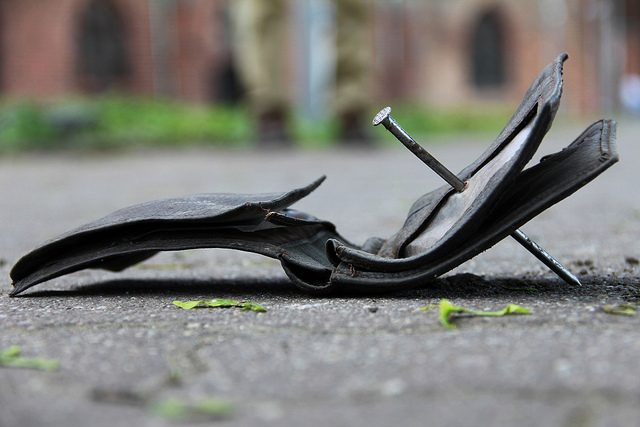A recent Kaiser Family Foundation report reveals the many ways the healthcare marketplace for people under 65 is designed to promote medical debt. People with insurance as well as those without insurance struggle to pay bills. Health care affordability remains a big issue. But, there are ways to avoid medical debt or at least reduce your likelihood of going into medical debt.
More than one in four U.S. households with people under 65 report struggling to pay a medical bill or being unable to pay the bill in the last year. While people without insurance struggle most, people with employer coverage, Medicaid, and people who buy their own coverage also experience problems. What’s worse, more than 30 percent of people who struggle with these bills report delaying or foregoing needed care. And more than a third could not pay for heat, housing, food or other basic necessities because of their medical bills.
If at all possible, you should have health insurance. Obamacare made it easier and less expensive for most people–without employer coverage and not yet eligible for Medicare–to get insurance; unfortunately, not everyone is eligible for Obamacare. If you are eligible, you should be able to get free help understanding your health insurance options and applying for coverage in your state’s health insurance exchange. Get covered if you can. More than half of people without insurance reported household problems with medical bills in the last 12 months.
If you have insurance, you can keep costs down my making sure you use in-network doctors and choose a health plan with a low deductible. About one in five people with insurance–employer, Medicaid or individually purchased–reported problems paying medical bills. About a third of the problems stem from getting out-of-network care, usually without being aware that the provider was out of network. And, often the insurance deductible keeps people from affording their care. People with high deductibles have to pay a lot out of pocket before their coverage begins, and they struggled about sixty percent more often (26 percent) than people with lower deductibles (15 percent).
Find out about free community resources if your income is low or you need a lot of costly care. For example, Federally Qualified Health Centers provide primary care health services on a sliding scale in rural and underserved communities. To find a health center near you, click here. If you’re a Veteran, the VA is also a good source for free or low-cost care.
People with lower incomes and in poorer health or with greater health needs struggle with medical bills more than others. Almost four in ten people (37 percent) with incomes under $50,000 have household medical bill issues. And, nearly half (47 percent) of people who struggle with activities of daily living report problems.
More than forty percent of those struggling to pay bills (44 percent) say the bills have had a major impact on them, Almost sixty percent of people with household medical bill problems say they used all their savings paying their bills. And, 26 percent report dipping into their retirement, education or long-term savings accounts.

Leave a Reply